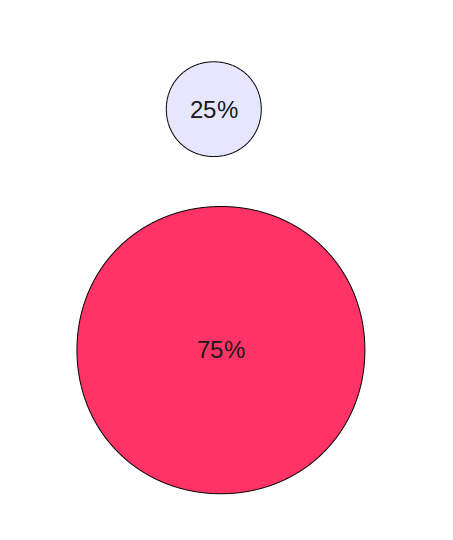Linked Ancient World Data Institute
From the webpage:
Applications due February 17
New York University’s Institute for the Study of the Ancient World (ISAW) will host the Linked Ancient World Data Institute (LAWDI) from May 31st to June 2nd, 2012 in New York City. “Linked Open Data” is an approach to the creation of digital resources that emphasizes connections between diverse information on the basis of published and stable web addresses (URIs) that identify common concepts and individual items. LAWDI, funded by the Office of Digital Humanities of the National Endowment for Humanities, will bring together an international faculty of practitioners working in the field of Linked Data with twenty attendees who are implementing or planning the creation of digital resources.
LAWDI’s intellectual scope is the Ancient Mediterranean and Ancient Near East, two fields in which a large and increasing number of digital resources is available, with rich coverage of the archaeology, literature and history of these regions. Many of these resources publish stable URIs for their content and so are enabling links and re-use that create a varied research and publication environment. LAWDI attendees will learn how to take advantage of these resources and also how to contribute to the growing network of linked scholarly materials.
The organizers encourage applications from faculty, university staff, graduate students, librarians, museum professionals, archivists and others with a serious interest in creating digital resources for the study of the Ancient World. Applications to attend should take the form of an attached (MS-Word, PDF or other common format) one-page statement of interest e-mailed to <sebastian.heath@nyu.edu> by Friday, February 17. A discussion of current or planned work should be a prominent part of this statement. As part of the curriculum, successful applicants will be asked to present their work and be ready to actively participate in conversations about topics presented by faculty and the other participants.
The announcement for LAWDI is here and the organizers are grateful for any circulation of this information.
A second session of LAWDI will also take place from May 30 to June 1 of 2013 at Drew University in New Jersey (http://drew.edu).
If you know of anyone who would be interested, please forward them a link to this post.
